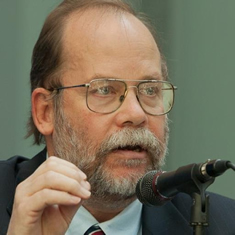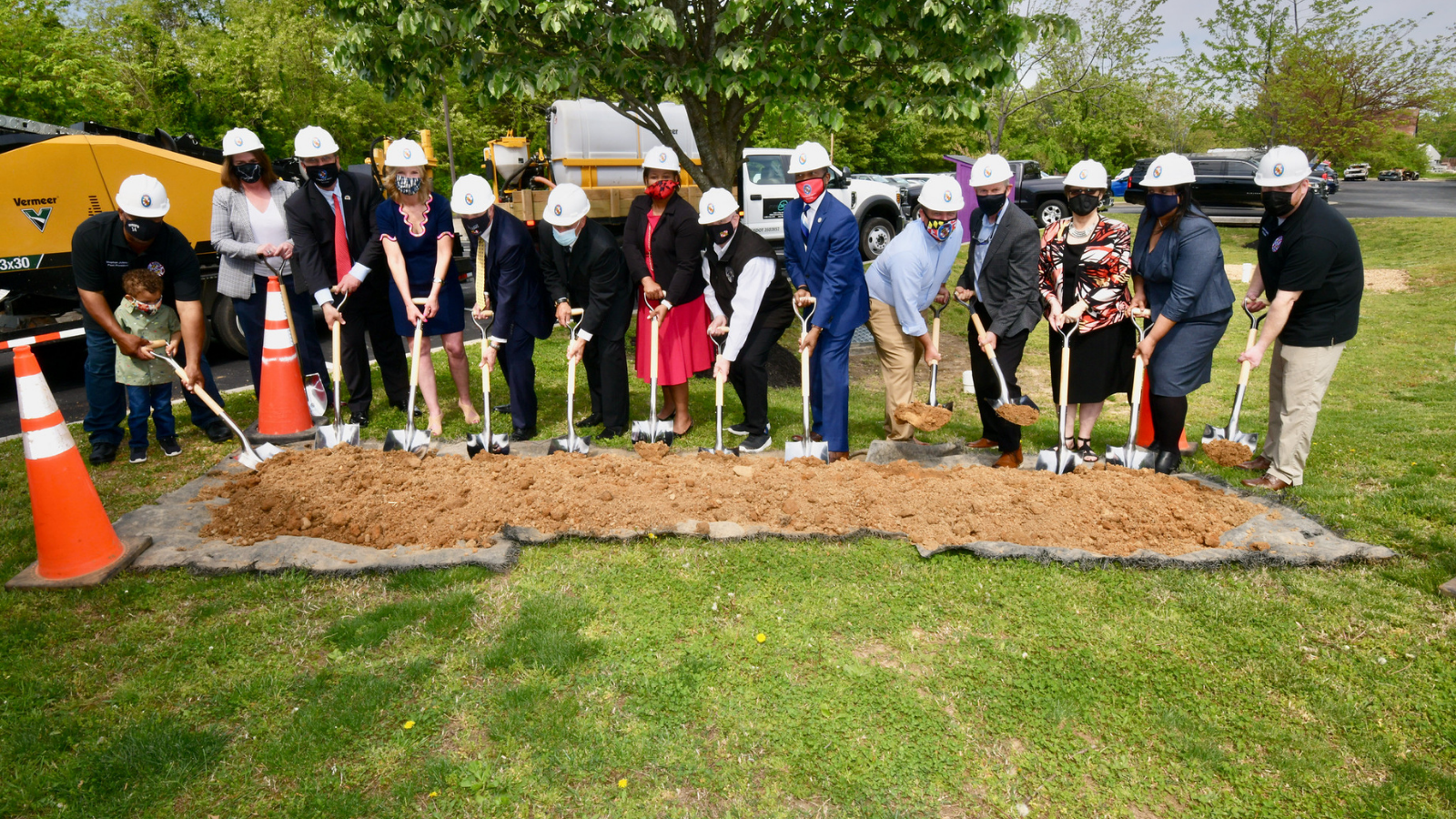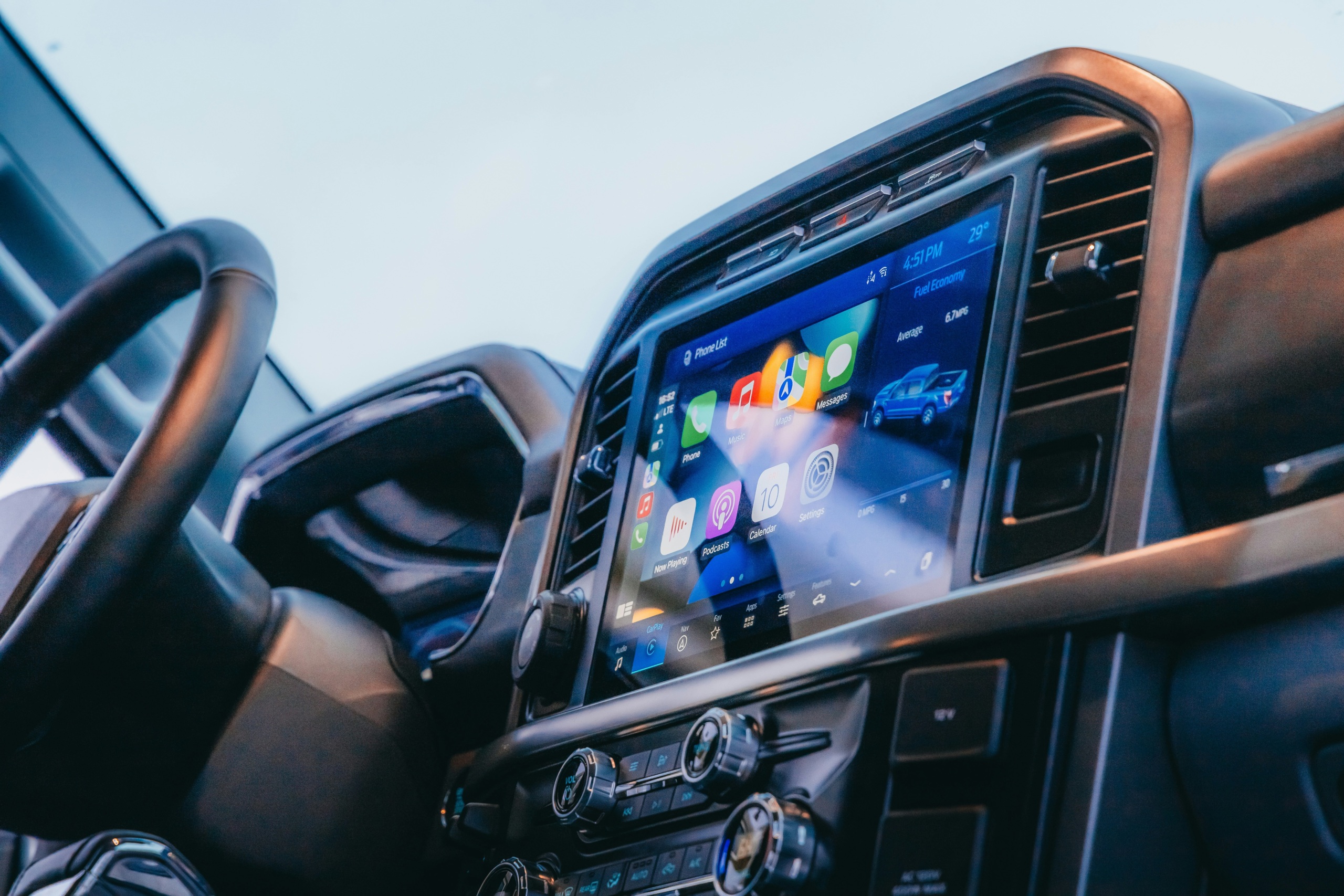
Broadband is the “new electricity”
The House should pass the bipartisan infrastructure bill on the House floor this week. Among other provisions, it allocates $65 billion to make fast broadband more available -- especially in rural and tribal areas -- and more affordable. That total includes about $14 billion to subsidize access and about $42 billion to deploy broadband. Also, broadband providers would be required to use a new pricing label based on the easy-to-read FDA nutrition labels. Photo of "Rural Broadband Buildout Project" by Maryland GovPics, via Flickr, some rights reserved.

We need affordable, reliable, high-speed broadband for every American, wherever they live. The problem:
- 30 million Americans (mostly in rural or tribal areas) do not have broadband infrastructure with reliable speeds.
- Almost 10 million students do not have home Internet access for remote schooling or doing homework.
- 40% (twenty million) of U.S. seniors lack a high-speed wired connection to the internet. That’s at a time when you need the Internet to sign up for a COVID vaccination, as tele-health becomes more important, and while safe shopping and safe social interactions are all online.
Fortunately, the already Senate-passed, bipartisan infrastructure bill on the House floor this week allocates $65 billion to make fast broadband more available and more affordable. That total includes about $14 billion to subsidize access and about $42 billion to deploy broadband. Also, broadband providers would be required to use a new pricing label based on the easy-to-read FDA nutrition labels.
A Presidential fact sheet explains the needs:
“Broadband internet is the new electricity. It is necessary for Americans to do their jobs, to participate equally in school learning, health care, and to stay connected. Yet by one definition, more than 30 million Americans live in areas where there is no broadband infrastructure that provides minimally acceptable speeds. Americans in rural areas and on tribal lands particularly lack adequate access. And, in part because the United States has some of the highest broadband prices among OECD countries, millions of Americans can’t use broadband internet even if the infrastructure exists where they live.”
The fact sheet also explains “a stark digital divide.”
“In urban areas as well, there is a stark digital divide: a much higher percentage of White families use home broadband internet than Black or Latino families. The last year made painfully clear the cost of these disparities, particularly for students who struggled to connect while learning remotely, compounding learning loss and social isolation for those students.”
We urge the House to pass this bipartisan infrastructure package for many reasons, including to bring this “new electricity” to more consumers. We can certainly do more, including defining “high-speed Internet” with much faster, symmetrical up-and-down rates and encouraging municipal and non-profit competition. But this is something we can and should do now.
Topics
Authors
Ed Mierzwinski
Senior Director, Federal Consumer Program, PIRG
Ed oversees U.S. PIRG’s federal consumer program, helping to lead national efforts to improve consumer credit reporting laws, identity theft protections, product safety regulations and more. Ed is co-founder and continuing leader of the coalition, Americans For Financial Reform, which fought for the Dodd-Frank Wall Street Reform and Consumer Protection Act of 2010, including as its centerpiece the Consumer Financial Protection Bureau. He was awarded the Consumer Federation of America's Esther Peterson Consumer Service Award in 2006, Privacy International's Brandeis Award in 2003, and numerous annual "Top Lobbyist" awards from The Hill and other outlets. Ed lives in Virginia, and on weekends he enjoys biking with friends on the many local bicycle trails.
Find Out More

Car companies are sneakily selling your driving data

Apple AirPods are designed to die: Here’s what you should know

New report reveals widespread presence of plastic chemicals in our food
